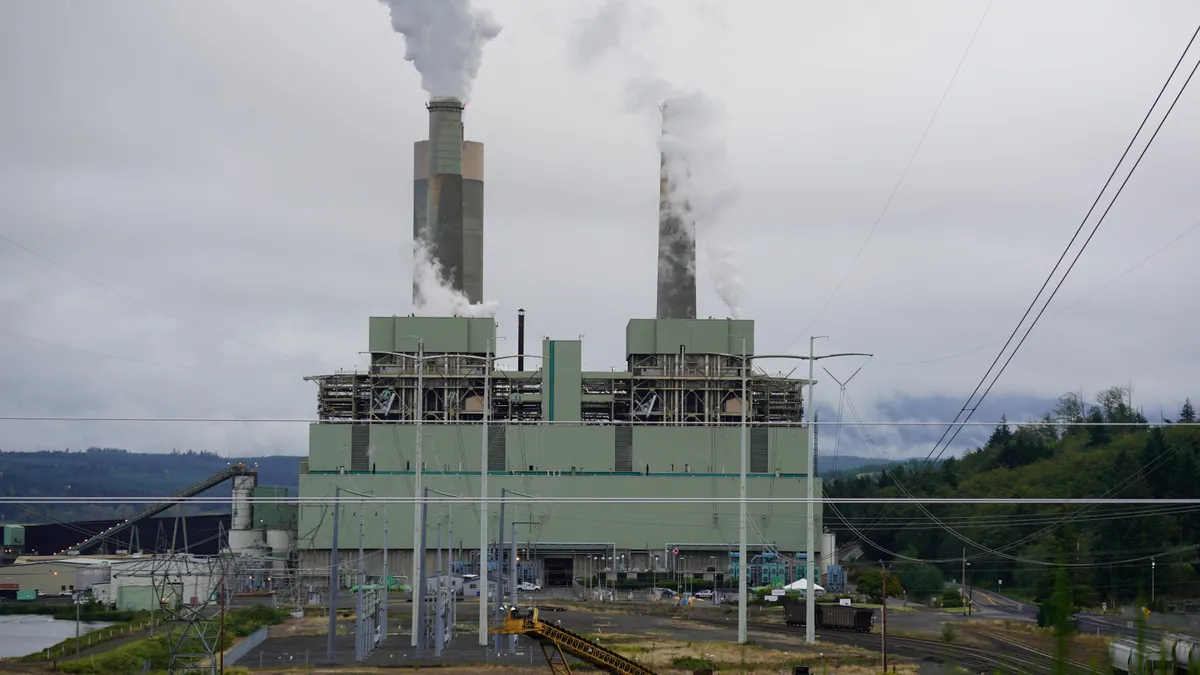California utilities and regulators are in the middle of a process aimed at replacing the 2,250-MW San Onofre nuclear plant and the expected shutdown of about 5,000 MW of power plants that use once-through cooling (OTC).
While the issues are unique to the Los Angeles area, utilities and grid planners across the U.S. are also preparing for the retirement of large coal-fired power plants. Each region will find solutions that reflect their needs and policy goals, but the process in California offers a look at the types of resources other regions may tap to meet their needs.
The most likely solution in California is a large dose of natural gas-fired generation plus some renewables and efficiency, right? Don't bet on it.
Power plants shutting down
First, some background. Several years ago, California adopted strict standards for power plants that use once-through cooling technology. The standards will likely force most plants that use seawater for cooling to be retired. But the outlook for the Los Angeles and San Diego areas changed suddenly this summer when Southern California Edison (SCE) announced that it would shut down the San Onofre plant, which provides about 16% of the region's power and provides critical voltage support.
In response, the California Public Utilities Commission (PUC), the California Independent System Operator (ISO) and others developed a plan that calls for adding about 3,250 MW of renewable and energy efficiency resources as well as 3,000 MW of conventional generation in the Los Angeles area. The plan laid out the broad outlines of how to replace San Onofre, deal with the once-through cooling plants and handle the roughly 400 MW of expected load growth around Los Angeles.
Now the action has largely shifted to the PUC, which will handle the specific details around what types of resources should be added in Southern California. Various parties have started to present their own recommendations for the region, and they range widely, according to PUC filings released late last week.
What's the rush?
The Sierra Club and others believe there is no rush to take action and that if new resources are needed they should only come from renewables, energy efficiency and energy storage, according to PUC filings. Zero natural gas.
Scores of people bussed up to San Francisco from around Los Angeles last month to tell the PUC that no natural gas-fired plants should be built to replace San Onofre. The people told the PUC they were concerned about the air pollution and greenhouse gas emissions that new gas plants would create.
Hoping to sway the debate, the Sierra Club released a poll this week showing that 56% of respondents want to replace San Onofre with only renewables and energy efficiency.
Parties like the Natural Resources Defense Council (NRDC) and the state ratepayer advocate also want the PUC to take a few extra months in making a decision so that the commission can consider near-term results from the ISO's latest transmission planning round, the California Energy Commission's new demand forecasts set to be voted on next week, and the expected effects that new time-of-use rates will have on load.
In fact, the ISO and utilities have significantly overestimated the need for the Los Angeles area because they are not including the latest demand forecasts, according to an NRDC filing. The NRDC contends there is no need for new generation through 2022.
What are utilities doing?
On the other end of the spectrum, Pacific Gas & Electric (PG&E), headquartered in San Francisco, contends that action is needed immediately and that SCE and San Diego Gas & Electric (SDG&E) should be moving to fill a 5,070 MW expected shortfall.
“This is not a 'business as usual' endeavor, and those who propose that the commission’s response should be to do nothing, either indefinitely, or for several years, or even for several months, are underestimating the challenges,” PG&E said.
SCE and SDG&E are proposing to act, but at a more deliberative pace. Both utilities want to issue 500-MW requests for proposals that would be open to any resource type, including efficiency, demand response and energy storage, according to filings. Their plan is supported by The Utility Reform Network, a ratepayer advocacy group.
Outlook: 2014 and beyond
One of the challenges facing the PUC is the need to gather as much information as possible to make cost-effective decisions while recognizing the need to act relatively swiftly. Developing power plants and power lines in California is a notoriously slow process.
The PUC plans to make a decision on how to replace San Onofre and the once-through cooling plants later this year. The outcome will be critically important to Southern California, but we'll also be watching for clues about how other parts of the country may soon respond to looming resource needs.





















